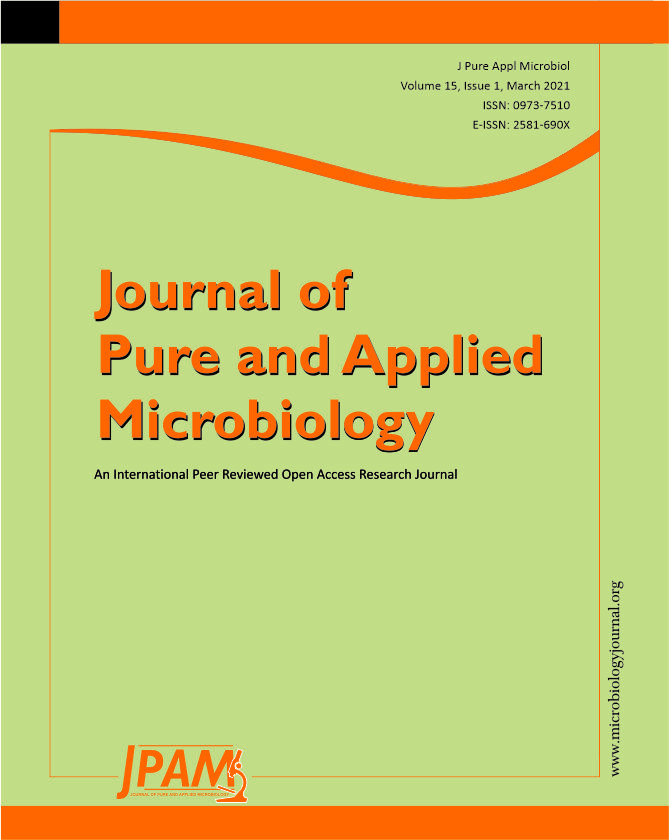The COVID-19 pandemic has imposed various stresses on individuals and communities. Coping with sudden, tense, demanding situations during an infectious disease outbreak requires self-efficacy. Increasing the public’s self-efficacy for preventive and control measures is important in the management of the COVID-19 pandemic. This research was aimed at evaluating the self-efficacy and associated factors of students at a public university in the southwest region of Saudi Arabia during the COVID-19 pandemic. This was a cross-sectional study, and a snowball sampling method was used to recruit participants. Data were collected from the beginning of April to the end of June 2020 using an online questionnaire. A total of 761 students were included in the study. The participants’ demographic data were collected, and self-efficacy was analyzed using the General Self-efficacy Scale. The results showed that self-efficacy for dealing with the COVID-19 pandemic was moderate in almost half of the students but was low in approximately 25% of the participants. There were statistically significant associations between self-efficacy regarding the COVID-19 pandemic and gender, college type, marital status, and family income (p < 0.05). However, the participants’ self-efficacy was not associated with age, residence, or history of chronic illness. In dealing with the COVID-19 pandemic, most students had either moderate or low self-efficacy. Certain demographic variables were positively associated with self-efficacy as perceived by the students. These findings provide data central to the development of self-efficacy initiatives. They may also be useful for the effective implementation of public health preventive behavior programs during the COVID-19 pandemic.
COVID-19, University students, Self-efficacy, Saudi Arabia
© The Author(s) 2021. Open Access. This article is distributed under the terms of the Creative Commons Attribution 4.0 International License which permits unrestricted use, sharing, distribution, and reproduction in any medium, provided you give appropriate credit to the original author(s) and the source, provide a link to the Creative Commons license, and indicate if changes were made.


